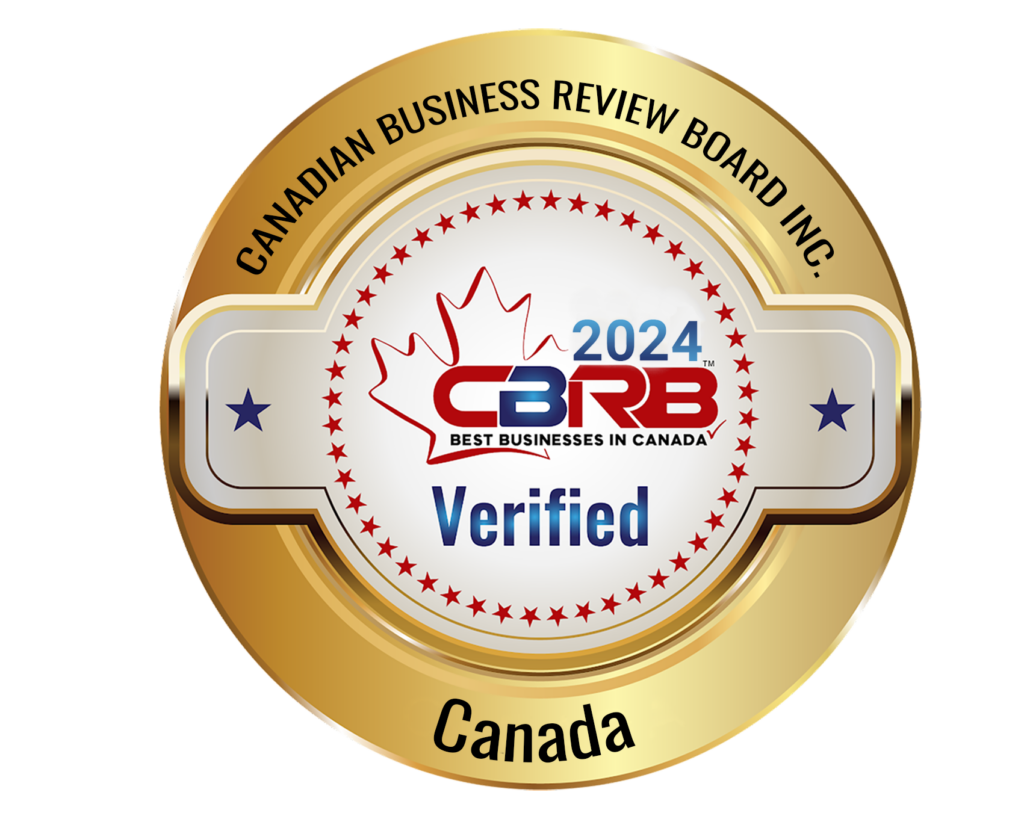- Unlock the power of agile strategic marketing and business management with free one-hour Discovery Meeting.
Our approach is grounded in deep industry knowledge, certified expertise, and a commitment to fostering sustainable growth, enhancing recognition, and boosting profitability for our clients. By integrating agile principles into every aspect of our strategic process, from discovery to implementation and continuous improvement, we ensure that your business is not only equipped to meet today’s challenges but also poised to seize tomorrow’s opportunities.
At Dana Pharmed, we employ a dynamic, AI-powered, and data-driven methodology to transform businesses in healthcare, medical, and life sciences. Our approach combines cutting-edge digital integration, agile strategies, and actionable insights to help you elevate your business, streamline operations, and enhance client engagement. In the following sections, we outline our comprehensive methodology, designed to drive measurable results and long-term success. By embracing flexibility, innovation, and data-informed decision-making, we guide you through a transformative journey of growth, efficiency, and market leadership.
Objective: Understand your business’s goals, challenges, and market landscape.
Our Discovery Phase sets the foundation for understanding your unique business requirements. We begin by analyzing the market dynamics, identifying opportunities, and gauging the competitive landscape using AI-powered tools. This step allows us to collect detailed data, which is then used to guide further phases of our methodology.
Initial Consultation: We start with a free consultation to deeply understand your business’s vision, mission, and goals. During this session, we discuss current challenges and leverage data-driven insights to pinpoint specific areas of improvement.
Stakeholder Interviews: We engage key stakeholders to gather a comprehensive view of expectations. Through AI-driven sentiment analysis, we decode insights from these interviews, which helps us craft a tailored approach.
Market Research: Utilizing advanced data analytics, we analyze the healthcare, medical, and life sciences markets to pinpoint key industry trends, customer needs, and competitive threats. AI algorithms help us forecast potential market shifts, ensuring your business is ready for both short- and long-term challenges.
SWOT Analysis: We perform an in-depth SWOT analysis (Strengths, Weaknesses, Opportunities, and Threats) to assess your current position. AI-driven tools provide valuable data points to refine this analysis, ensuring we understand your strengths and the risks that could hinder progress.
Objective: Conduct a thorough analysis of operations and market position.
Our Assessment and Analysis phase digs deep into your business’s current operations, using data-driven insights to identify key opportunities for improvement.
Operational Review: We evaluate your internal workflows, processes, and operations to uncover inefficiencies. Our AI-powered business analysis tools provide real-time operational metrics, identifying bottlenecks and optimizing processes for enhanced efficiency.
Financial Analysis: Through data-driven financial tools, we scrutinize your financial statements, identifying areas for cost-saving and investment. We leverage predictive analytics to forecast potential revenue streams and suggest strategies for improving profitability.
Technology Assessment: Our team reviews your current digital infrastructure, including EHR (Electronic Health Records), CRM (Customer Relationship Management) systems, and other technologies. AI-powered tools help us pinpoint gaps in your technology stack and recommend high-performing tools for process automation and digital integration.
Customer Analysis: By analyzing customer data and feedback through AI tools, we gain a deeper understanding of their behaviors and preferences. This data-driven approach helps us uncover opportunities for personalized customer experiences, leading to higher engagement and satisfaction.
Objective: Develop a customized, agile strategy tailored to your specific needs.
With a comprehensive understanding of your business, market, and operations, we move on to Strategy Development. Using agile methodologies, we craft flexible strategies designed to foster sustainable growth, increase profitability, and improve client engagement.
Goal Setting: Using data-driven insights, we define clear, measurable goals that align with your business objectives. These goals are backed by concrete performance metrics and predictive analytics, ensuring they are achievable and aligned with both current and future market trends.
Roadmap Creation: We develop a strategic roadmap that includes accessible short-term and long-term milestones. AI-powered scenario modeling tools help us create multiple strategy pathways, allowing us to adjust course based on market changes and feedback loops.
Agile Framework: Using an agile framework like Scrum, we ensure flexibility and responsiveness throughout the strategy’s execution. Agile methodology enables us to continually adapt the strategy based on real-time data, optimizing it for optimal performance.
Resource Allocation: By leveraging data analytics and AI-based forecasting, we allocate necessary resources, including personnel, budget, and technology. This ensures a well-balanced approach, maximizing ROI and efficiency.
Risk Management: We implement a data-driven risk management plan to anticipate potential challenges. Using predictive analytics, we foresee obstacles and devise actionable mitigation strategies to keep projects on track.
Objective: Execute the formulated strategy effectively while ensuring its seamless integration.
In the Implementation Phase, we bring our strategy to life through agile execution and robust digital integration.
Agile Sprints: We break the implementation process into manageable agile sprints, enabling us to focus on specific objectives while ensuring rapid delivery and continuous improvement.
Project Management: Our AI-powered project management tools like Asana allow us to track progress, manage tasks, and ensure seamless communication throughout the process. Real-time updates provide visibility into ongoing work, allowing us to make data-backed decisions promptly.
Team Collaboration: Through regular stand-up meetings, sprint reviews, and retrospectives, we foster collaboration. AI tools enhance communication by providing insights into team performance, ensuring that everyone is aligned toward shared objectives.
Digital Integration: During this phase, we integrate advanced digital tools, such as EHR, EMR, CRM systems, SEO, and social media strategies. AI-driven automation simplifies workflows, improving efficiency and scalability.
Training and Support: We offer comprehensive training to ensure your team seamlessly adapts to new technologies and processes. AI-powered learning platforms allow for customized training, ensuring that your staff gains the necessary skills to maximize productivity.
Objective: Enhance your market presence and client engagement through effective agile marketing strategies.
Our Marketing Execution phase is driven by agile strategies and AI-powered marketing tools that maximize client engagement, build brand awareness, and drive growth.
Brand Positioning: Using market insights and data analytics, we develop a compelling brand identity that resonates with your target audience. AI tools help us continuously refine messaging and track brand performance.
Content Marketing: We craft high-quality content that establishes your business as a thought leader. With AI-powered content generation tools, we create personalized content that aligns with customer interests and industry trends.
SEO, GEO, and SEM: We optimize your website using AI-powered SEO techniques, ensuring top rankings in search engine results. Additionally, we use GEO-targeting to enhance local visibility and implement search engine marketing (SEM) campaigns for broader reach.
Social Media Strategy: AI tools enable us to analyze trends and audience behavior, ensuring targeted and engaging social media campaigns. We enhance engagement through data-driven social media content creation and paid advertisements.
Email Marketing: Leveraging AI-powered email marketing platforms, we create personalized campaigns that nurture leads, drive conversions, and improve client relationships.
Analytics and Monitoring: Using tools like Google Analytics and social media analytics, we track the performance of each campaign. AI helps us analyze data in real-time, making adjustments to optimize ongoing campaigns.
Objective: Continuously monitor your progress and make necessary adjustments to ensure optimal results.
The Monitoring and Evaluation phase ensures your strategy remains on track and optimized for success.
Performance Metrics: By setting clear KPIs, we monitor and evaluate the success of each phase. Data-driven insights help us assess performance and make timely adjustments.
Regular Reviews: We hold regular reviews to assess ongoing progress. With AI tools constantly tracking results, we refine our strategies based on real-time data.
Feedback Loops: We establish strong feedback mechanisms with both clients and stakeholders. This enables us to gather critical insights and make data-backed decisions for future iterations.
Agile Retrospectives: At the end of each sprint, we hold retrospectives to assess what worked and what needs improvement. AI-powered data analysis helps us pinpoint areas that require adjustments for future success.
Continuous Improvement: Leveraging insights from reviews, we continuously iterate on our strategies, making ongoing improvements that drive incremental growth.
Objective: Ensure your strategy remains aligned with business goals and market conditions.
In the Evaluation and Optimization phase, we assess the overall effectiveness of our strategies, ensuring they continue to meet your goals.
Comprehensive Evaluation: At the end of each major phase, we conduct a thorough evaluation of the strategy’s performance. This helps us understand what has worked well and identify areas that need further refinement.
Adjust Strategies: With the help of AI-powered analytics, we make strategic adjustments based on evaluation outcomes, ensuring alignment with business goals and market dynamics.
Sustainability Planning: We develop strategies to sustain growth, ensuring that your business remains resilient to changes in the market.
Scalability: Our strategies are designed to be scalable, allowing your business to grow while maintaining operational efficiency.
Dana Pharmed is dedicated to helping healthcare and life sciences businesses reach new heights through agile strategies, data-driven decision-making, and AI-powered solutions. We are committed to fostering long-term growth, enhancing efficiency, and improving client engagement through tailored methodologies designed for success. Our team of experts is here to support you every step of the way, ensuring that your business thrives in an ever-evolving marketplace.
Let Dana Pharmed help you unlock the full potential of your business, accelerate growth, and drive success.

Agile Strategy and Agile Business and Marketing Management Consulting in the Healthcare, Medical and Life Sciences; Partnering with You for Ultimate Recognition, Growth and Profitability.
Subscribe to our newsletter to receive the latest news and exclusive offers




